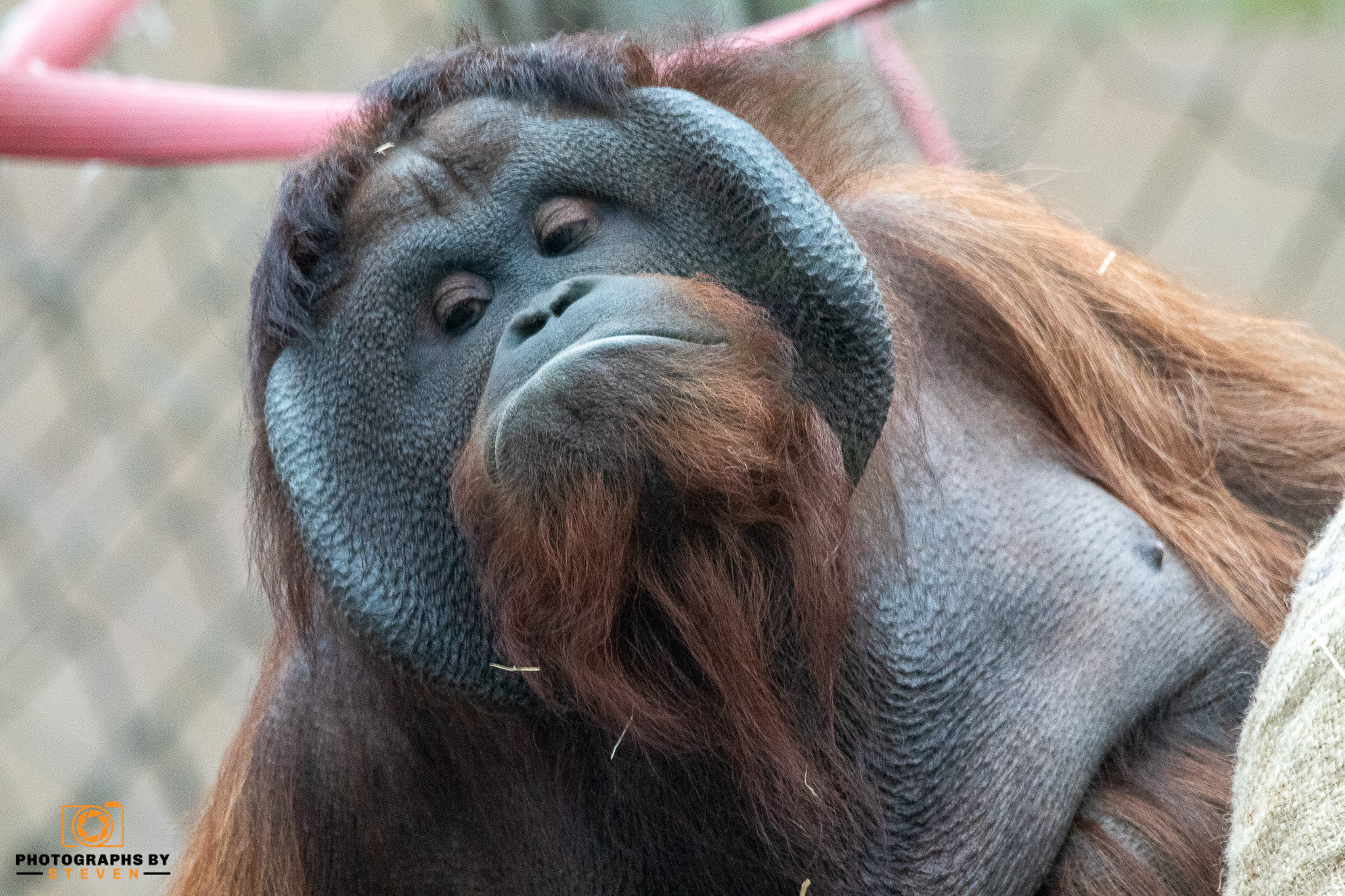Time on Earth is running out for certain species. Humans are the most significant threat to endangered species' survival, with poaching, habitat destruction, and the effects of climate change contributing to many of the issues. Below are some of the most beautiful creatures that require our assistance, protection, and conservation.
Gorillas
Gorillas are exciting creatures with 98.3 per cent human DNA! They can sense emotions and even act like us at times. There are two separate species, the Eastern Gorilla and the Western Gorilla, with two subspecies. The IUCN Red List of Threatened Species classified three of the four species Critically Endangered. There are about 150 to 180 adult Cross River Gorillas remaining. Poaching, habitat degradation, sickness, and human conflict are all factors contributing to their extinction, as is the case with many endangered animals. Gorillas also take a long time to recover due to their low reproductive rate and females giving birth every four to six years.
Sea turtles
Though the population is declining and numerous subpopulations are approaching extinction, leatherback sea turtles are classed as Vulnerable. Poachers target sea turtle eggs, shells, meat, and skin, making hunting one of the most severe dangers. Habitat loss, bycatch, pollution, and climate change are also some causes of their extinction. The temperature of the sand determines the sex of hatchlings, with eggs hatching as females in warmer temperatures. As a result, even minor temperature fluctuations could alter population sex ratios. Furthermore, when sea levels rise, breeding beaches may become submerged.
North Atlantic Right Whale
Hunters nearly wiped them out for their meat and oil-rich fat, and they are one of the most endangered giant whales. There are just approximately 400 of them left, with only about 100 capable of reproducing. Although they are now protected and prohibited hunting, population recovery is sluggish. Females do not breed for the first ten years of their lives, and they have a single calf every six to ten years. Boat hits and entanglement in fishing gear are two of the most severe dangers. Food supply may be affected by climate change and altering water temperatures, which will impact survival and reproduction rates.
Gharial
Gharials are Indian fish-eating crocodiles. They have long, thin snouts with a massive bulge on the end that looks like a Ghara pot, which they got their name. They only leave freshwater rivers to lay eggs and bask in the sun; otherwise, they stay in the rivers. Since the 1930s, Gharial numbers have been declining, and this big crocodilian is now on the verge of extinction. Only about 100 to 300 Gharials are left in the wild. Their decline is caused by several factors, all of which are human-made.
Vaquita
The vaquita is both the world's tiniest and most endangered marine animal. The IUCN has listed it as Critically Endangered since 1996, and only between 6 to 22 vaquitas were surviving in 2018. According to the most recent estimate from July 2019, there are only 9. Totoaba is a protected species, and conservationists strive to reduce its demand. Their greatest threat is illegal fishing of Totoaba, a large fish prized for its swim bladder. Vaquitas become trapped in Totoaba gillnets and drown due to their inability to swim to the surface to breathe. In July 2016, conservation efforts resulted in introducing a gillnet ban in the vaquita habitat, but illegal fishing persists, and the threat remains.



Leave me a comment
Thank you for reading my post, if you want to leave a comment, you can do so below.